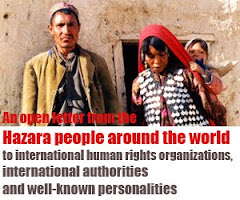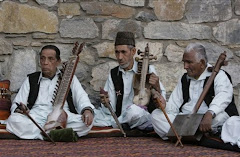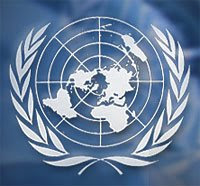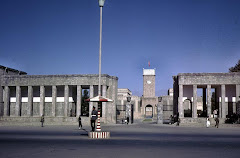
Photo Copy Right @ HazaraPeople.com
By Nima Idihaw
Spring comes with greenery which should naturally bring hope and happiness for the creatures, but it is different at least for the Hazaras of Behsood District. In the last days of winter people in Behsood begin to feel fear for the coming season; spring.
Passing a long cold winter behind, people wish to begin the New Year with new plans but the Kochis arrival in the area changes all their plans. The greenery becomes sign of bloodshed for them and hopes turns into disappointment.
Being a Hazara and living in Behsood you get confused; is spring naturally disastrous or the Kochi nomads are the cause for the disasters?
Every year in the spring, Kochi nomads armed with weapons arrive from the southern and eastern provinces to Hazarajaat, or the Hazaras’ Lands. Some of them even come from beyond he borders, from North West and South West Pakistan and use the farms and pastures of the Hazarajaat in central Afghanistan for their livestock. When the local inhabitants who are mostly farmers object to Kochi’s destructions, they are responded with heavy weapons and are forced to flee the area.
Attacks and harassments against the Hazaras have a long history. This category of attacks was legitimized by a decree singed by Amir Abdul Rahman Khan, the tyrant king ruling from 1880-1901 in Afghanistan, more than a century back.
Now after more than a century the third and fourth generation of the Kochis still permit themselves to come and use the Hazaras farms as pastures for their animals, based on that decree.
During his war against the Hazaras (1885-1895) who had their own popular local governments, the tyrant king massacred more than 60% percent of the Hazara population and forced many thousands to flee to the neighboring countries, as the historians say.
The king in order to obtain the support of eastern and southern Pashtoon tribes who were famous for savagery, let them kill the Hazaras and loot their belongings freely, he then legitimized it by a decree to encourage them more.
Many of the surviving Hazaras remained slaves for a couple of decades thereafter.
Abdul Rahman Khan died and Hazaras’ slavery remained legitimate until his grandson the reformist king Amanullah Khan removed that status by a decree through a Loya Jirga in 1923.
By annulment of that decree even though a historical change took place for the Hazaras but the attacks against them and their properties remained for long.
The Hazaras were safe from Kochi attacks only for a decade during the pro-communist regime in Kabul (1980-1990) that promoted social equality and relatively supported the poor. During the Taliban Regime, the attacks reached its hot point when the Kochis had the full logistic and moral support of the Taliban. In this period, they joined the Taliban frontlines and were free to use the lands of non- Pashtoon ethnics throughout Afghanistan. They used the farms as the pastures for their livestock in the Central Highlands. In the post- Taliban era, after the new government was formed, the Hazaras’ resistance forces put down their guns and opened their doors for democracy to receive at least equal treatments as all other ethnics in the country, but as they opened shoulders to embrace democracy, they were not only being targeted by the fundamentalists but also they are being discriminated by the central government in different ways.
The report and evidence show that there are officials in Karzai government who continuously and generously support and fund the Kochis to attack the Hazaras annually.
It happens for at least two or three clear reasons as the analyst speculate. The first reason is to transfer the load of war from the south and east provinces where the major population is ethnic Pashtoon to the Central Highlands where most of the inhabitants are the Hazaras.
The second reason is to obtain the consent of the Pashtoon tribes who think to be victimized in the war against terror. The lands of the Hazaras seem to be a cheap incentive to compensate their rebellion against the government. And the third reason is involving the Hazaras in a war to stop their efforts for a federal government in Afghanistan. The Hazaras have many times showed interest in federal government in Afghanistan where every ethnic would have independence in their regions through a positive competition.
In spite of being historical victims of massacres in Afghanistan, the peaceful nature of the Hazaras inhibit them carrying weapons to defend themselves against terrorism as they rely on national security forces. They are tolerant and believe in peaceful transformation of a society through long term civic changes in the country thus they deny picking up guns and begin to fight. On the other hand in a country where savagery is an ordinary behavior, their existence is threatened to be eliminated and they are put in a crossroad of how to react with these fatal threats.
Respecting the rule of law in the country, the Hazaras did not pick up guns for their lawful demands and basic rights, but they have repeatedly urged the attention of Afghan Security forces and NATO that are the responsible bodies for the security in the country, but non have been helpful to them so far.
Will spring turn to be a good season for them again, nobody knows.
See also
Kochis well-armed to kill more Hazaras
Trilogy of Life by a Hazara child in Behsood
Photo reportage: Demonstration in Italy against Kochi attacks on Behsood


















No comments:
Post a Comment